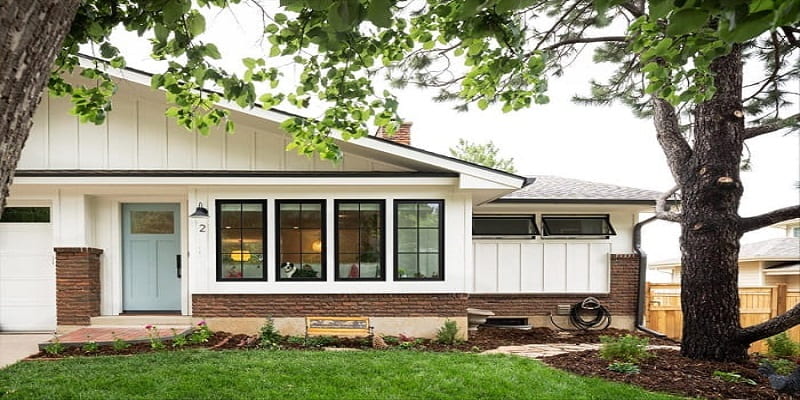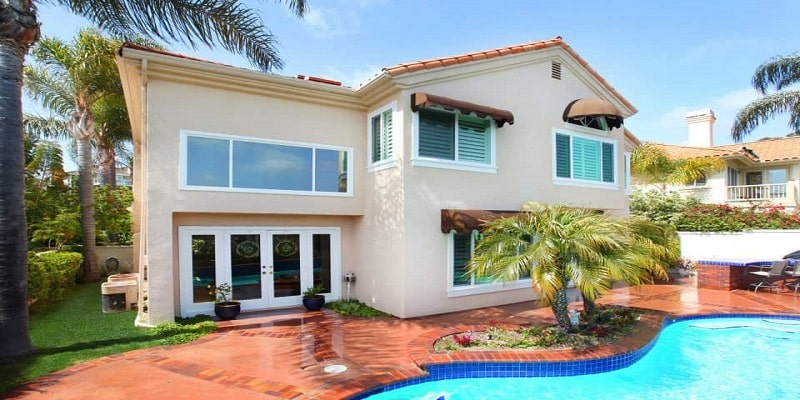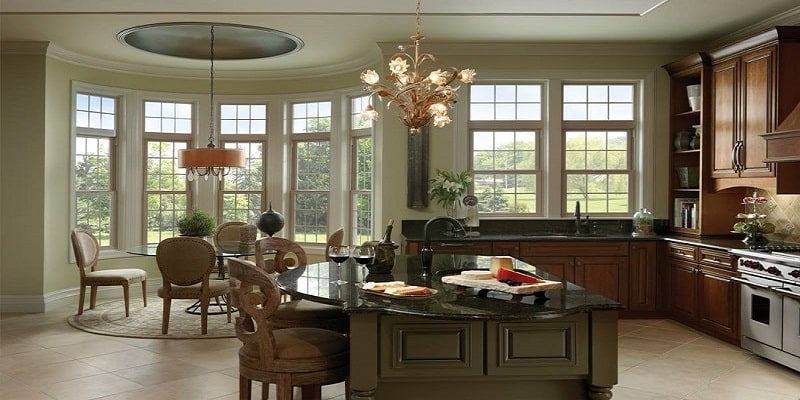- Free In-Home Estimate
- 1-949-284-7483
- info@californiawindowandsolar.com
How To Select The Right Patio Door

Buying the Best Windows and Doors to Match Your Home
December 2, 2014
The Benefits of Replacement Windows and Doors
December 16, 2014How To Select The Right Patio Door
Sliding patio doors have come a long way in recent years. You are no longer limited to the sliding glass door style. Traditional French doors, modern bi-fold doors and even an entire moving wall system door are all available to create your dream home. The following 6 steps will assist you in selecting the right door for your home.
1: Which opening method works best for your entrance space
When choosing a space for your patio door, measure how much space you have both on the interior and exterior side. This will give you an idea of which operating style would work best. Patio doors come in in-swing, out-swing and sliding operation styles.
In-swing doors require adequate indoor space. The hinges are located inside the home and not visible to the outside. Keep in mind, though, that rainwater and other small debris can be driven by the wind into the home upon opening.
An out-swing patio door needs a clear path on the outside. Doors in high wind areas are often out-swing because of the greater strength it provides when the wind is pushing against the doors.
If space is tight, sliding doors might fit best. They are a good solution in spaces that simply cannot accommodate a full swinging door such as a balcony or sunroom.
2: How much wall space you want to use
When you replace old patio doors, you have the opportunity to change the size of the entrance. The new patio doors do not have to be the same size as the old ones. Some homeowners opt for patio doors to extend the length of the wall, creating a large entrance that gives the perception of an expanded living space.
If you want to experience indoor-outdoor living, large patio doors are a great way to bring in more views of nature. Americans now spend up to 90% of their time indoors.The indoor-outdoor living trend has grown consistently in the past few years and design experts predict the trend will continue.
3: Which room would benefit most from patio doors
It can get hot cooking in the kitchen, especially in summertime, and patio doors are a way to increase ventilation. In addition, the kitchen one of the most popular areas of the home and an extra entryway can help with traffic flow.
Patio doors can add major light to an otherwise dark space. If you want to convert part of the garage to a bonus room, a patio door creates an opening and closing structure and brings in light and ventilation.
4: Research glass options
Many homeowners are choosing to forego heavy drapes, and even when opting for sheers, the trend is for greater transparency and light. With the development of innovative glass technologies, patio doors are becoming more equipped to insulate and protect the home.
If you live in a warm environment with a lot of direct sunlight, tinted glass provides additional shading against the heat. Obscure glass protects privacy and allows abundant light to enter the room.
However, high-performance options such as Low-E3 and SunCoatMAX glass with argon gas can greatly improve thermal performance and help you in meeting the new Title 24 energy codes.
5: Research care and maintenance requirements
Depending on the frame material, some patio doors require more care and maintenance. Wood patio doors, for example, typically need to be sanded and repainted on a regular basis. Vinyl and fiberglass doors minimize this exterior maintenance.
Remember to consider your geographic location. Aluminum is durable, but is not a good insulator and not suited for coastal climates. Wood, while versatile, is vulnerable to moisture; clad-wood is paired with a different material such as fiberglass on the exterior for improved strength against damp weather conditions. Vinyl patio doors and fiberglass doors work well in Southern California areas like Orange County.
6: Find out for how long the warranty extends and exactly what it covers
Patio doors are an investment and should last a long time. Generally, replacing doors and windows yields a better financial return than larger remodeling projects such as room additions. Replacing older doors may result in lower heating and cooling costs. Even quality patio doors though, may require repair due to wear and tear
Most manufacturers offer a warranty covering the material and workmanship of the patio door. These warranties have varied benefits ranging from limited coverage to a comprehensive full lifetime warranty. A full warranty grants the purchaser coverage of the damaged products at no charge and will include workmanship.
When comparing warranties, remember to inquire whether it covers labor. Some limited warranties do not include labor.



